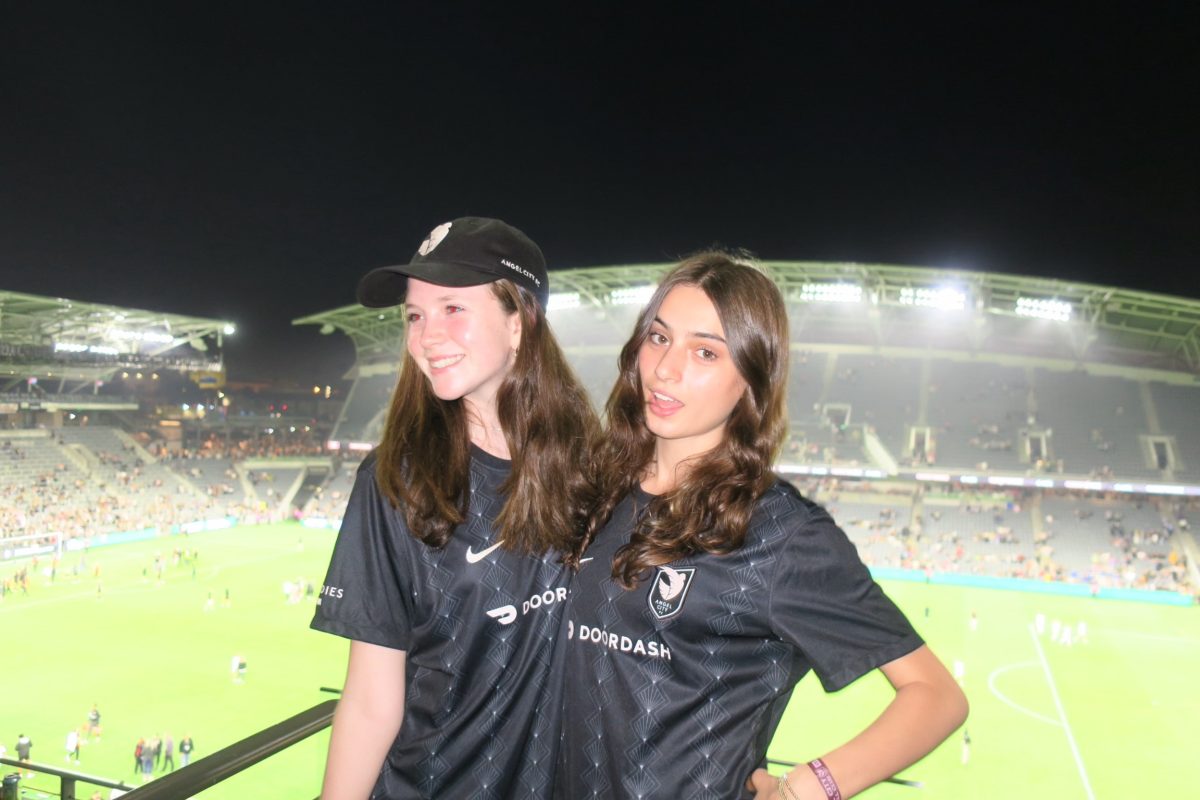Over the course of the college application process last semester, I completed a number of applications. For those of you who have not yet had to come into contact with the Common Application, let me break it down for you: there are a series of basic demographic questions regarding your family, school and background. Many of these questions are multiple-choice. When filling out my ethnic and racial background on one application, I noticed there was no slot for people of Middle Eastern descent. The options were “White,” “African-American,” “American Indian or Alaska Native,” “Asian” and “Native Hawaiian or Other Pacific Islander.” Under which category were Middle-Eastern people supposed to categorize themselves?
After some digging and Google searching, I realized that, for some incomprehensible reason, Middle-Eastern people are meant to mark themselves as white. I felt baffled. If Middle-Eastern people are “white,” how come we aren’t treated like we are white? Why aren’t Middle-Easterners the beneficiaries of white privilege? Why do people assume that a Middle-Eastern man on an airplane is going to blow it up? Why are Middle-Easterners stereotyped as terrorists, when the most chilling acts of terrorism in recent memory – Charlottesville, Charleston, and the Pittsburgh synagogue – have all been committed by white right-wing extremists? It doesn’t make sense that Middle-Easterners face discrimination and racism on the basis of their ethnic background, yet are still expected to consider themselves white. After all, if Middle-Easterners are white, shouldn’t they get to experience the white privilege of moving through the world without suspicious eyes following their every move?
Perhaps the most absurd aspect of this situation is that many Middle-Eastern people, like my father, don’t look white. They have brown skin, period. They are susceptible to racism in the airport or at coffee shops or while browsing stores. Their minority status is unavoidable, except when it comes time to fill out a college application or a government form. Then, their brownness is invalidated, thereby sweeping a long history of prejudice and racism under the proverbial rug. In not designating a separate racial category for Middle-Eastern people, colleges and the government are ignoring the discrimination and special circumstances faced by Middle-Easterners.
Take Trump’s Muslim Ban, which restricted travel from citizens of Iran, Iraq, Syria, Lybia, Somalida, Sudan and Yemen, which Trump sold as a protective measure against Islamic terrorism. However, practically speaking, Trump was banning people of color; most Muslims who live in the Middle East, Africa and Asia are, indeed, POCs. Trump is painting all Muslims with a broad brush when it suits him – when he can win political points by portraying himself as hard on terrorism. However, when it’s convenient for him, as in the census and for the government in general, Middle-Easterners, who are often Muslim, are designated as white. Let’s remember, though, that this is the President who tweeted about the migrant caravan, “Criminals and unknown Middle Easterners are mixed in,” a blatant attempt at stirring up xenophobia and prejudice among his base.
So why are there very few official places where Middle-Easterners can have their identities acknowledged? Why can’t we assert our identities along with whites, African-Americans, Asians, indigenous people, and Latinx people? Why is our ethnicity denied while we are simultaneously discriminated against?








